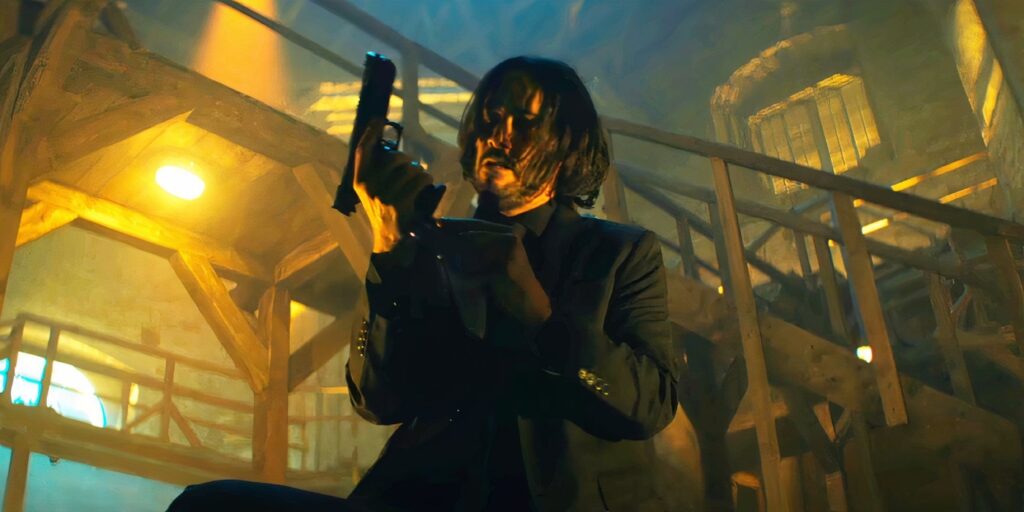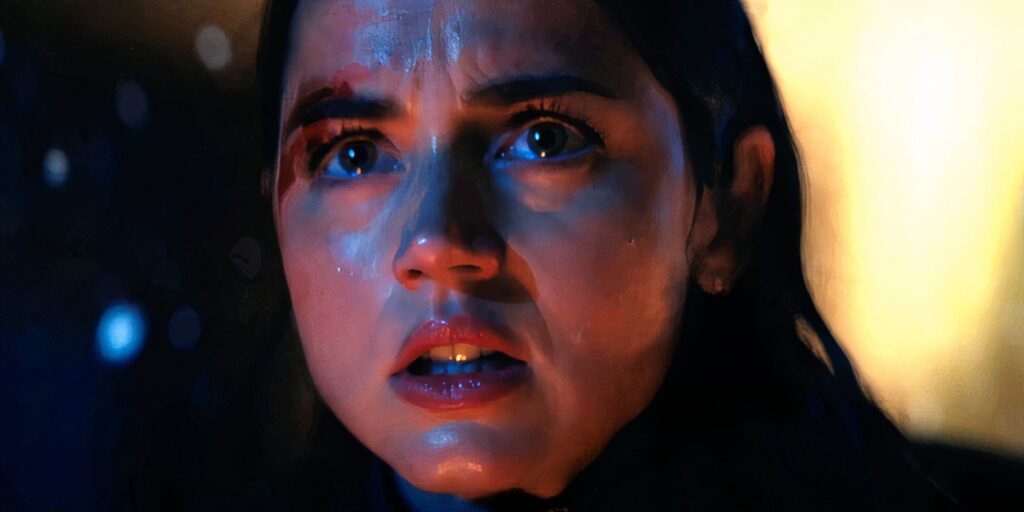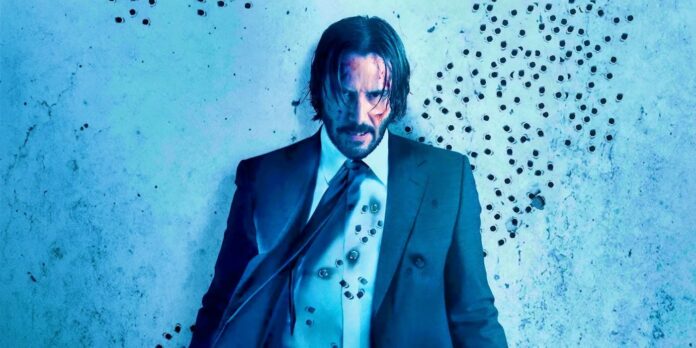The John Wick franchise has intrigued audiences for over a decade with the charisma of Keanu Reeves. From its emotionally charged first chapter to the globe-trotting spectacle of the sequels, the series has constantly raised the bar for action cinema.
Yet as the franchise expanded, some of the original magic got lost along the way. This is particularly the bone-chilling fear that the name “John Wick” used to inspire.
How The Sequels Diluted John Wick’s Myth

That’s where ‘Ballerina‘ comes in. While the spinoff may not have received the same critical acclaim as ‘John Wick: Chapter 2’ or ‘John Wick: Chapter 4’, it does something far more meaningful. The film resurrects a forgotten emotional cornerstone of the original film, John Wick’s terrifying reputation as the Baba Yaga. In doing so, ‘Ballerina’ manages to deepen both its own story and the mythos of Wick himself.
Related: “My Heart Wants It, But My Knees Might Say No”: Keanu Reeves Gets Real About Doing ‘John Wick 5’
Let’s go back to where it all began. In the original ‘John Wick (2014)‘, there was a genuine aura around the assassin. The moment Viggo Tarasov, a feared Russian mob boss, hears that his son killed John Wick’s dog and stole his car, he doesn’t get angry, he panics. He tells his son, trembling, that John Wick isn’t the boogeyman. He’s the one you send to kill the boogeyman.
That line alone told us everything we needed to know. John Wick wasn’t just dangerous, he was mythic. He was the stuff of whispered legends and sleepless nights. The entire criminal underworld seemed to shrink at the thought of him returning to the game. That fear made Wick feel larger than life, almost supernatural in presence. And that sense of dread was crucial to making the first film feel intense.
However, by the time we got to Chapter 3: Parabellum and Chapter 4, something shifted. John Wick was still deadly, no doubt. The action sequences got even more elaborate. But something important was missing: fear. Assassins were now lining up to fight him with overconfidence. Even as the bounty on his head rose, the reverence for the name John Wick fell. It was as if everyone forgot that this was the man who once killed three guys in a bar with a pencil and they were afraid even to say his name.
‘Ballerina’ Restores The Terror John Wick’s Name Held

Now, ‘Ballerina’, the Ana de Armas-led spinoff set between Chapter 3 and Chapter 4, brings that feeling back. It may not have redefined the action genre, but it brought something much-needed back to the franchise. And it does so with a single, powerful idea, people should still be scared to death of him. When Keanu Reeves’ John Wick appears in the film, his presence is electric.
In case you missed it: Why John Wick’s Return In ‘Ballerina’ Is Controversial Yet Crucial
He’s not the main character, but his role is pivotal. Eve Macarro, played by Ana de Armas, is formidable in her own right. However, even her story becomes intertwined with the mythology of Wick. When Wick arrives in the Cult’s isolated town under orders from the Director, the reaction is visceral. Cult members go pale. Soldiers hesitate. And one line of dialogue captures it all: “This is suicide, that’s John Wick.”
That moment hits hard. You feel the fear. You remember why this man was once whispered about in terrified reverence. The Cult doesn’t want to fight him because they already know the outcome. And perhaps the most satisfying turn of all? The Chancellor, an untouchable figure of absolute control, chooses to flee the moment he hears John Wick is loose. That’s the kind of terror we haven’t seen since the first movie.





